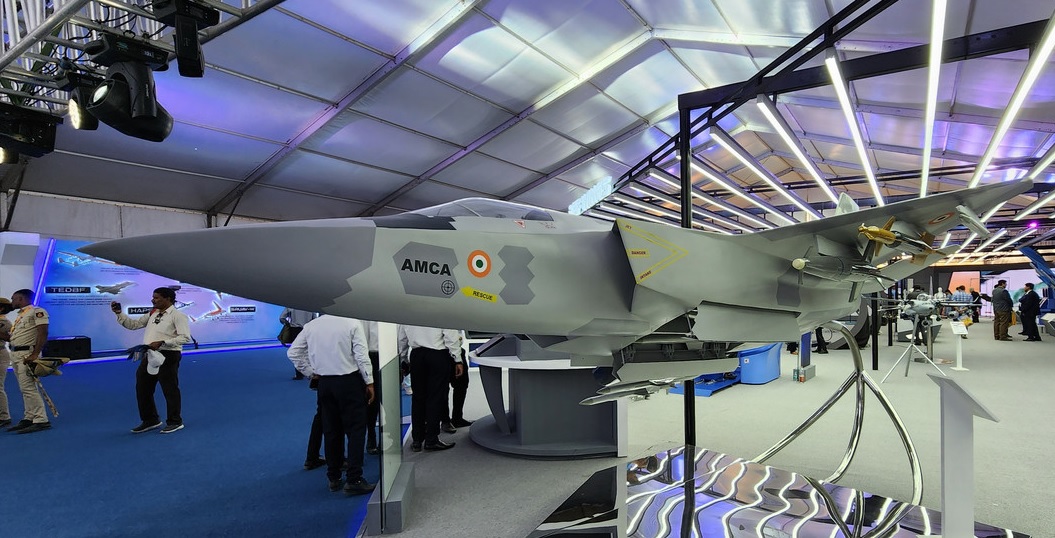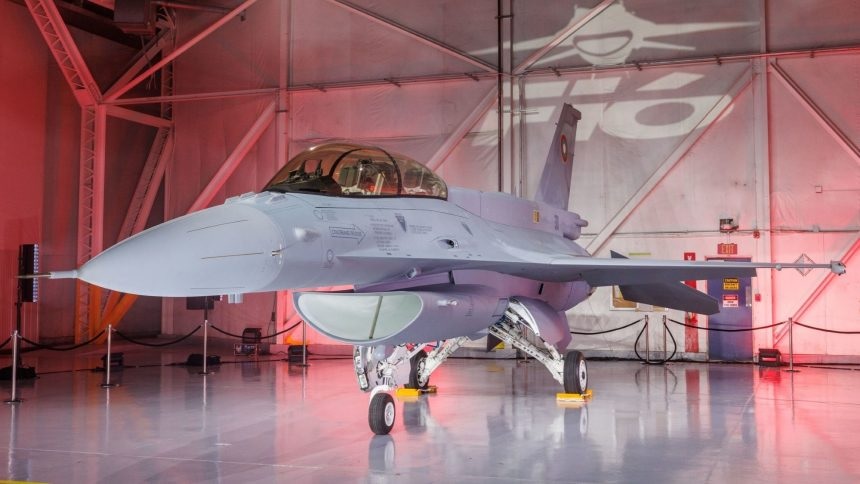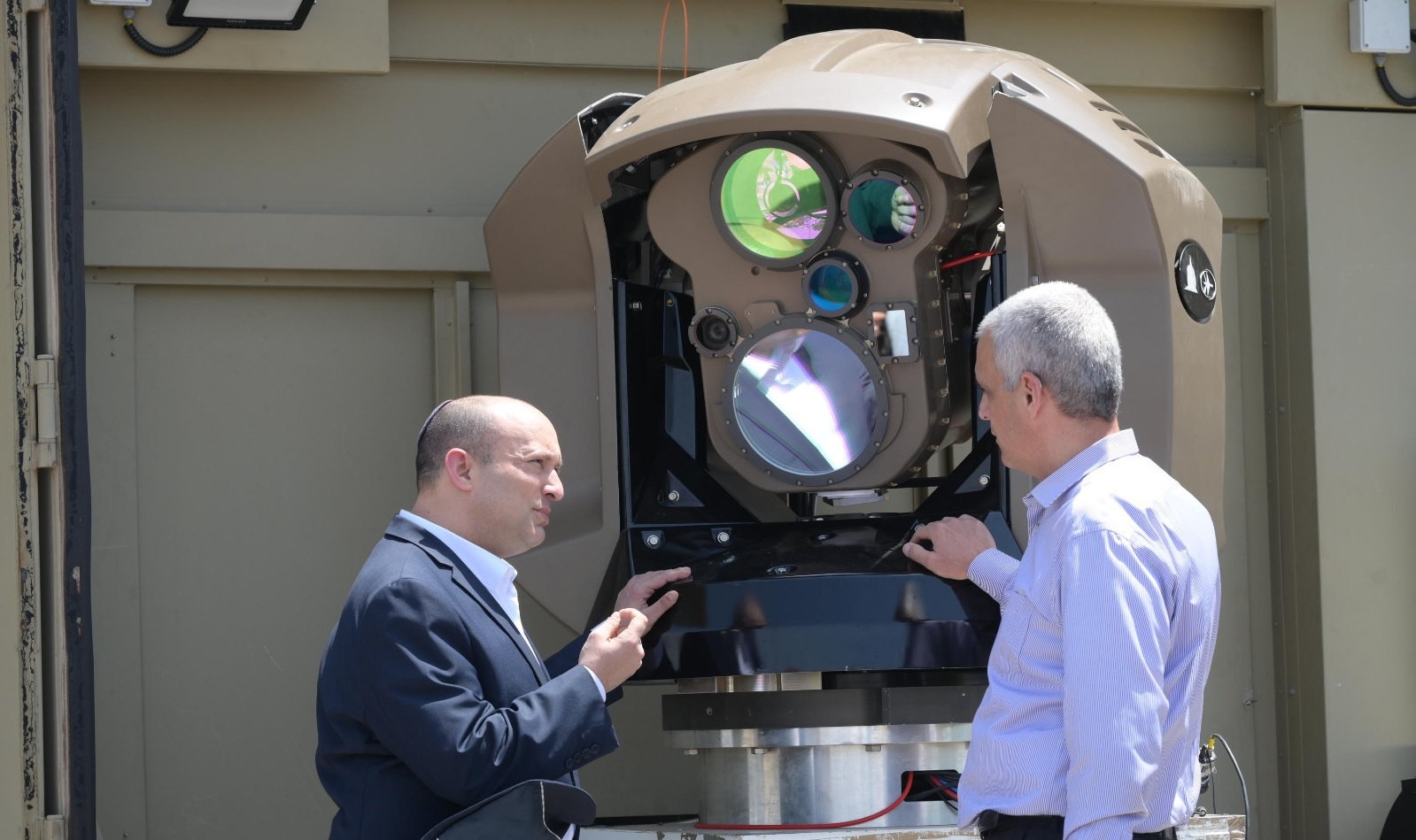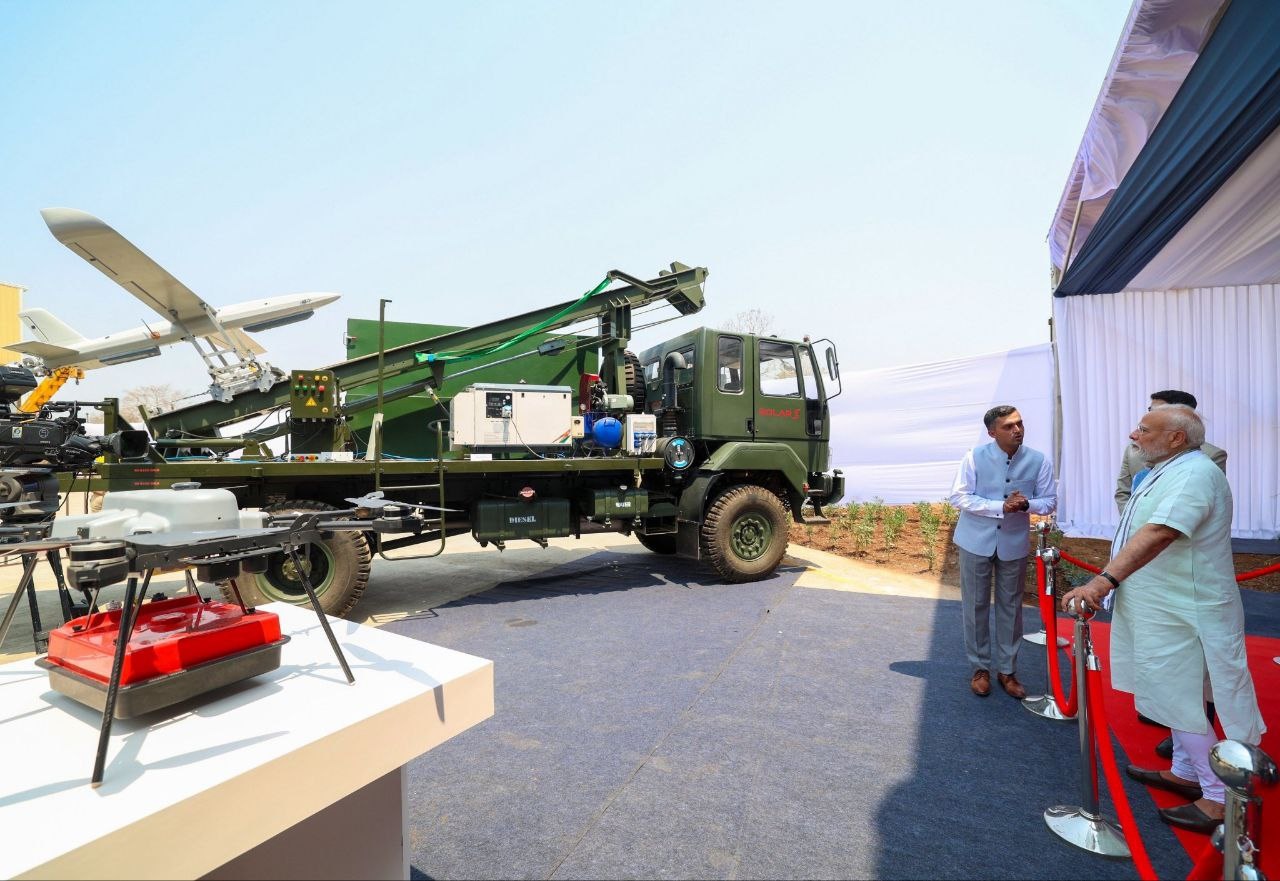HAL Issues EOI to Four Private Industry for AMCA Production, Offering 12.5% Stake Each in Joint Venture

In a landmark move to strengthen India's indigenous defence manufacturing, Hindustan Aeronautics Limited (HAL) has issued an Expression of Interest (EOI) to select four private Indian companies as partners for the joint production of the Advanced Medium Combat Aircraft (AMCA). Each selected firm will receive a 12.5% stake in the Joint Venture (JV), with HAL retaining a 50% majority, ensuring its leadership in the ambitious fifth-generation fighter jet program.
This strategic initiative reflects India's growing emphasis on self-reliance in aerospace technology, aligning with the 'Atmanirbhar Bharat' vision. By involving private players, the aim is to accelerate production, optimise costs, and tap into the advanced manufacturing capabilities of India's private sector, which has increasingly demonstrated its prowess in defence production.
A New Model for Fighter Jet Manufacturing
The AMCA, developed by the Aeronautical Development Agency (ADA) in collaboration with the Defence Research and Development Organisation (DRDO), represents India's leap into the realm of advanced stealth fighter jets. With features such as stealth technology, supercruise capability, and cutting-edge avionics, the aircraft demands a sophisticated manufacturing approach.
HAL's proposed model involves breaking down the aircraft's assembly into four major sections, each assigned to a private partner for manufacturing and delivery as a ‘turnkey’ solution. The proposed work distribution is as follows:
- Front Fuselage: Incorporating the fully equipped structure and landing gear.
- Center Fuselage: Housing the core airframe section, air intakes, and aileron assembly.
- Rear Fuselage: Comprising the rear structure, horizontal tail, flaperon, and flap assembly.
- Wings & Tail: Encompassing the wings and vertical tail assembly.
Under this approach, selected partners will be responsible for material procurement, tooling, manufacturing, and final assembly of their respective sections. HAL will oversee the overall integration of these modules, ensuring adherence to quality and design specifications. This distributed manufacturing model is expected to enhance efficiency, promote innovation, and reduce production timelines.
Production Timeline and the IAF’s Expectations
According to the EOI, the production roadmap aims to deliver 126 AMCA units, with manufacturing commencing in FY 2035-36. Initially, nine aircraft will be produced per year, with production ramping up to ten annually from 2039-40 through 2046-47. However, the final production rate will depend on orders from the Indian Air Force (IAF), government funding, and technology readiness.
The IAF is expected to require around five to seven squadrons of AMCA fighters, translating to 90-126 aircraft. This aircraft will play a key role in filling the capability gap in the IAF's fleet, ensuring it remains competitive against regional threats.
The AMCA program is progressing steadily, with the first flight of the prototype targeted for 2028-2029 and full-scale induction expected around 2035. The smooth execution of this JV model will be crucial in transitioning the program from development to production without delays.
Selecting the Right Private Partners
The selection process, open until May 7, 2025, will prioritise Indian companies with proven expertise in aerospace manufacturing, tooling, and assembly integration. Firms will be evaluated based on financial stability, technological capability, and their ability to handle the complexities of fifth-generation aircraft manufacturing.
Some potential contenders include:
- Tata Advanced Systems – A key player in India's aerospace sector, involved in multiple defence collaborations.
- Larsen & Toubro (L&T) – Known for its advanced engineering and manufacturing capabilities.
- Bharat Forge – A leader in precision engineering with experience in defence projects.
- VEM Technologies – Already engaged in multiple aviation and defence contracts.
The selected companies will be tasked with maintaining strict manufacturing standards, particularly in handling stealth materials, aerodynamics, and next-generation avionics. Given the complexity of a fifth-generation fighter, HAL's ability to effectively manage this multi-entity production framework will be crucial.
A Bold Step for India's Defence Industry
HAL's decision to bring private companies into the AMCA program signals a fundamental shift in India's defence manufacturing landscape. By adopting a JV model, HAL is not just offloading manufacturing responsibilities but also fostering a robust domestic ecosystem for high-end aerospace technology.
This initiative, if successful, could serve as a blueprint for future defence collaborations, where private industry plays a greater role in boosting India's military capabilities. With the AMCA set to become India's premier stealth fighter, this strategic partnership could define the next chapter in the country's aerospace ambitions.



